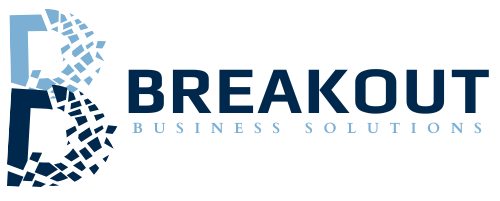In today’s hyper-connected world, a strong digital presence isn’t optional—it’s essential. But showing up online isn’t the same as showing up strategically. That’s where digital strategy comes in. Whether you’re launching a new brand or trying to grow an existing one, a clear, actionable digital roadmap can mean the difference between scattered efforts and sustainable success.
Here’s how to build a digital strategy that actually moves the needle.
Step 1: Define Your Goals (and Be Specific)
What does success look like for you? More leads? Higher conversion rates? Increased brand awareness? Start by outlining your top business objectives—then translate them into measurable digital goals.
📌 Pro tip: Use SMART goals—Specific, Measurable, Achievable, Relevant, and Time-bound.
Step 2: Understand Your Audience
Your digital strategy should be built around your audience, not just for them. Dive into who they are, what they care about, and where they spend time online.
Ask yourself:
- What problems are they trying to solve?
- What platforms do they use daily?
- What kind of content do they engage with?
Use tools like Google Analytics, social media insights, and customer surveys to gather real data—not just assumptions.
Step 3: Audit Your Current Digital Presence
Before you start building, take stock of what you already have. Analyze:
- Your website performance (speed, SEO, mobile responsiveness)
- Your social media engagement
- Paid ad performance
- Existing content quality and consistency
- Search engine rankings
This audit will help you identify what’s working, what’s not, and where the biggest opportunities lie.
Step 4: Choose the Right Channels
Not every platform or tactic is right for every business. Based on your goals and audience, prioritize the channels that will have the most impact.
This could include:
- Organic search (SEO)
- Paid ads (Google, Meta, LinkedIn)
- Social media marketing
- Email marketing
- Content marketing
- Influencer or affiliate partnerships
Remember: It’s better to do a few things well than to do everything halfway.
Step 5: Create a Content Strategy
Content is the fuel for your digital engine. A good content strategy supports your goals and speaks directly to your audience’s needs.
Plan content across different formats:
- Blog posts (like this one 😉)
- Social posts
- Video & photography
- Email newsletters
- Case studies or whitepapers
Make sure your tone, voice, and branding are consistent across all touchpoints.
Step 6: Set Up Tracking & Analytics
Strategy without measurement is just guesswork. Set up the right tools (like Google Analytics, Hotjar, Meta Pixel, etc.) to track KPIs and measure performance over time.
Monitor:
- Website traffic and behavior
- Conversion rates
- Cost per lead or acquisition
- Engagement rates across social and email
Use what you learn to continuously refine and optimize.
Step 7: Stay Agile and Adjust
The digital world moves fast. Your strategy shouldn’t be carved in stone—it should evolve as your business, audience, and platforms change. Regularly review your results, test new ideas, and pivot when necessary.
Final Thoughts
A digital strategy isn’t just a document—it’s a mindset. It’s about moving with intention, making data-informed decisions, and showing up consistently in the right places with the right message.
If you’re tired of throwing spaghetti at the wall online, it might be time for a roadmap that leads somewhere.
Need help building yours?
Let’s talk strategy—contact us and let’s map out your next big move.






